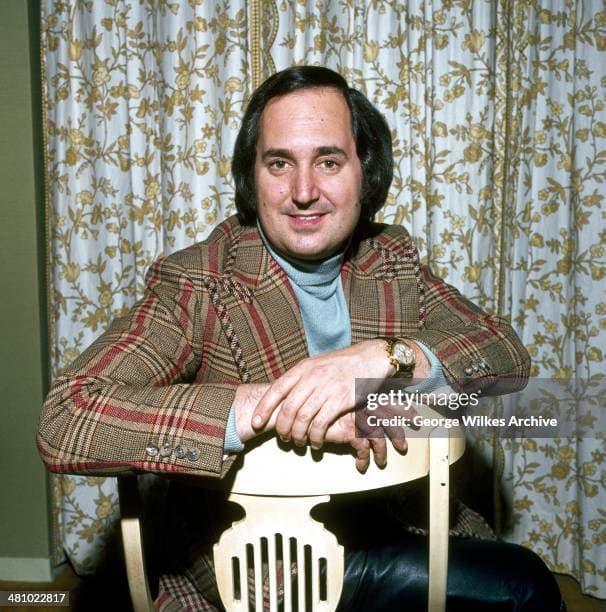
Finding Joy Amidst the Storm: The Enduring Charm of “Laughter in the Rain”
There are certain melodies that, once heard, become inextricably woven into the tapestry of our memories, and for many, Neil Sedaka’s “Laughter in the Rain” is precisely that kind of song. It’s a sunshine-infused stroll through a sudden downpour, a testament to finding joy and connection even when the skies open up. This wonderfully optimistic tune marked a triumphant comeback for Neil Sedaka in the United States, reaching the pinnacle of the Billboard Hot 100 chart on February 1, 1975, a remarkable feat for an artist who had experienced a decade-long lull in American chart success after his early 1960s heyday. The song had already garnered popularity across the pond, having been a hit in the UK where it was initially released in 1974 as the title track from his album Laughter in the Rain. This widespread affection solidified its place as a beloved classic, an anthem of simple, unadulterated happiness.
The story behind “Laughter in the Rain” is as charming and unexpected as the song itself. Penned by Neil Sedaka and his frequent lyrical collaborator, Phil Cody, the song’s inspiration bloomed on a sunny day, ironically enough. Cody, feeling a bout of writer’s block, decided to take a walk. He reportedly smoked a small amount of marijuana, took a short nap under a tree, and upon waking, the lyrics for a couple frolicking in a sudden rain shower simply poured out of him in a mere five minutes. Sedaka, ever the musical craftsman, married these evocative lyrics with a melody that possessed a unique sparkle. He famously borrowed the opening chord of the chorus from Elton John’s “Goodbye Yellow Brick Road,” describing it as a “drop-dead chord,” and combined it with a pentatonic melody inspired by the American composer Aaron Copland. This blend of influences created a sound that was both fresh and familiar, instantly appealing to a wide audience.
At its heart, the meaning of “Laughter in the Rain” is a beautiful celebration of finding bliss in shared experience, particularly amidst life’s unexpected moments. It speaks to the idea that external circumstances, even a sudden rainstorm, can be transformed into something wonderful when you are with the right person. The lyrics paint a vivid picture: “Strolling along country roads with my baby, it starts to rain, it begins to pour.” But instead of dismay, there’s warmth and connection: “I feel the warmth of her hand in mine.” The rain isn’t an inconvenience; it’s a backdrop for deeper intimacy and joy. “Ooh, how I love the rainy days,” Sedaka sings, “and the happy way I feel inside.” It’s a powerful message of optimism, reminding us that happiness isn’t always about perfect conditions, but about how we choose to experience them, especially when shared with someone we love.
The gentle, almost lilting piano intro, a signature of Sedaka’s masterful touch, immediately draws the listener in. His vocals, clear and earnest, convey a genuine sense of delight, perfectly embodying the song’s carefree spirit. There’s an undeniable charm in his delivery, a warmth that feels like a friendly smile. And who could forget that iconic saxophone solo by Jim Horn? It’s a bright, vibrant burst of melody that elevates the song, adding another layer of cheerful effervescence. The entire arrangement is a masterclass in pop songwriting – every element serving to amplify the central theme of simple joy.
For those of us who remember the 1970s, “Laughter in the Rain” transports us back to a time of simpler pleasures, perhaps a drive in the countryside, a shared glance, or the feeling of carefree abandon. It was a time when pop music often aimed to uplift and soothe, and Neil Sedaka, with his uncanny knack for crafting catchy yet meaningful tunes, was a leading light. This song, in particular, captured a universal sentiment: that love can turn even the greyest day into a vibrant, joyful experience. It’s a comforting whisper from the past, a reminder that sometimes, all it takes is a little bit of shared laughter to make the world feel right, even when the heavens decide to open up.